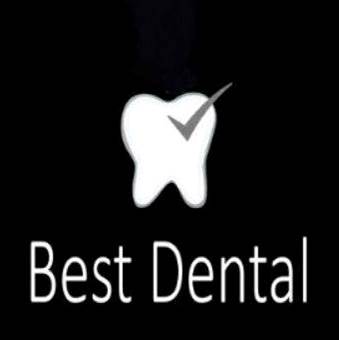Don’t let a damaged tooth compromise the integrity and health of your smile. Tooth-colored fillings are a simple solution to restoring dental health.

A filling is a way to restore a tooth damaged by decay back to its normal function and shape. If you have a tooth that requires a filling, the dentist will first remove the decayed tooth material, clean the affected area, and then fill the cleaned out cavity with a filling material. A filling also helps prevent further decay by closing off any cracks or spaces where bacteria can enter.
There are a variety of filling materials available including gold, silver, plastic and porcelain. The dentist will work with you to determine which material is best for you, depending on the extent of repair, where in your mouth the filling is needed, and cost. Each of the filling materials is briefly explained below:
There are a variety of filling materials available including gold, silver, plastic and porcelain. The dentist will work with you to determine which material is best for you, depending on the extent of repair, where in your mouth the filling is needed, and cost. Each of the filling materials is briefly explained below:
- Gold fillings are custom made in a laboratory and then cemented into place. While gold fillings are often the most expensive choice, many consider it the best filling material. Gold inlays are well-tolerated by gum tissues and may last more than 20 years.
- Amalgam (silver) fillings are a more inexpensive choice and are tolerant to wear. However, due to their dark color they are more noticeable than porcelain or composite restorations and are not recommended for fillings in very visible areas such as front teeth
 .
. - Composite (plastic) resins are custom made to the exact color of your natural teeth, creating a more natural appearance. While white fillings may be less noticeable than other materials, they usually only last between 3 and 10 years. They may not be ideal for large fillings as they may chip or wear over time. They can also become stained from coffee, tea or tobacco.
- Porcelain fillings are called inlays or onlays and are custom created in a lab and then bonded to the tooth. They can be matched to the color of the tooth, resist staining, and are about the same cost as gold fillings. A porcelain restoration generally covers most of the tooth, making the filling nearly undetectable.
Best Dental Clinic Dr. Israel Rodriguez Guzman
Nuevo Progreso, Tamaulipas, México
Av. Juarez #300 entre calles Sonora y Tamaulipas
C.P. 88810 P.O. Box 1686
Tel./Phone U.S.A: 956-641-7097
Tel./Phone México: (01152) - 899-937-1547
Whatsapp Available / Disponible
+52 8992115046
9566417097
bestdentalclinic.progreso@gmail.com
ixo_odontologo@hotmail.com
ixoyejacob@gmail.com
https://www.facebook.com/bestdentaldentist
https://www.facebook.com/BestDentalClinicDra.ImeldaValdez/




















